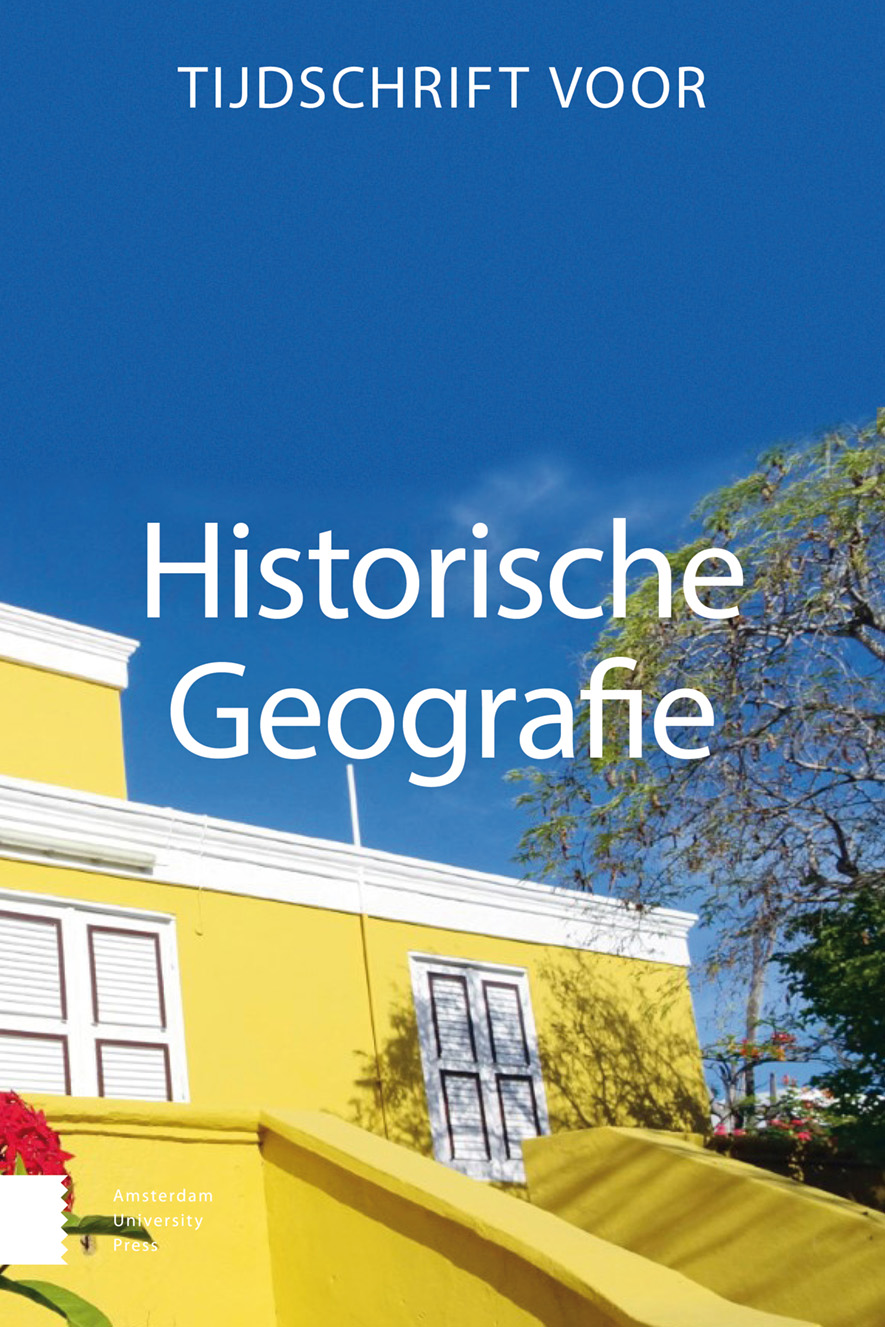-
oa Middeleeuwse ijzer- en houtskoolproductie op de Veluwe
Nieuw onderzoek van een productielandschap in het bosgebied ’t Asselt bij Rheden (Veluwezoom)
- Amsterdam University Press
- Source: Tijdschrift voor Historische Geografie, Volume 7, Issue 1, mrt. 2022, p. 3 - 25
Samenvatting
Medieval iron and charcoal production in the Veluwe region Recent research on the iron production landscape in the coppice wood of ‘t Asselt near Rheden (Southeastern Veluwe)
Between the seventh and twelfth century ad large-scale iron production took place in the Veluwe region (Central Netherlands) based on the extraction of iron-rich loam concretions in the regional ice-pushed ridges. This iron production required large amounts of charcoal which were produced by the large-scale burning of semi-natural and/or coppice woods. There is palaeobotanical evidence that the woodland vegetation of the Veluwe diminished by two-thirds in this medieval period, partly because of medieval woodland reclamations, partly because of charcoal-burning. A master thesis project revealed the existence of an extensive and largely untouched iron production landscape in the coppice wood of ‘t Asselt (Southeastern Veluwe). Based on ceramics from the eighth-twelfth century, historical-geographical relics as well as written evidence this early and high medieval landscape layer seems rather complete and untouched, which makes it a very promising site for further archaeological research on medieval iron production landscapes.


